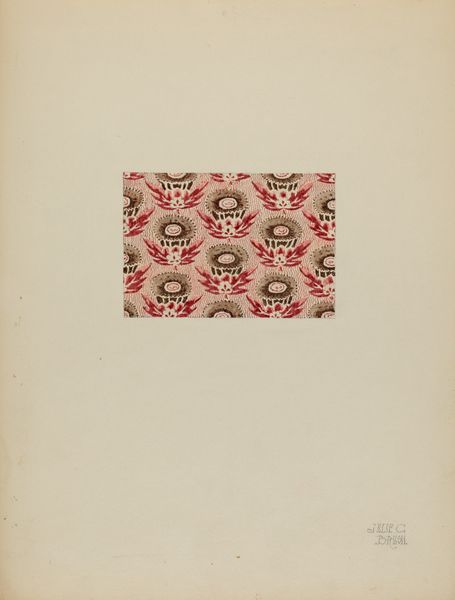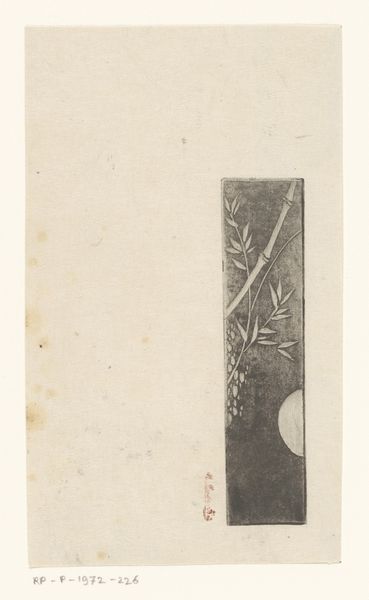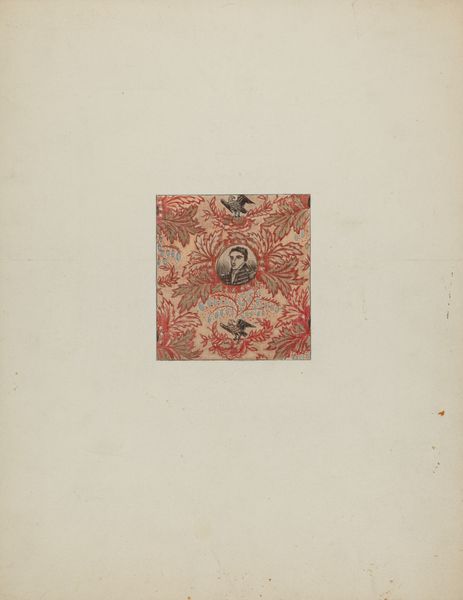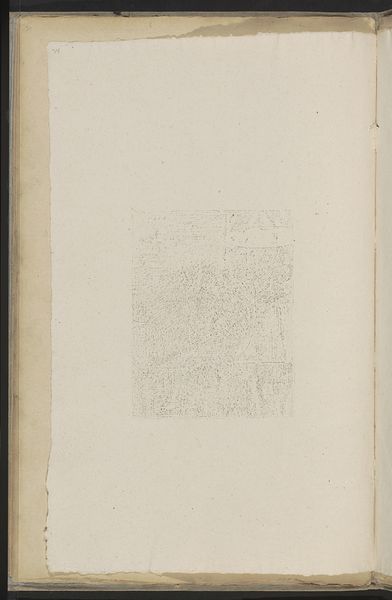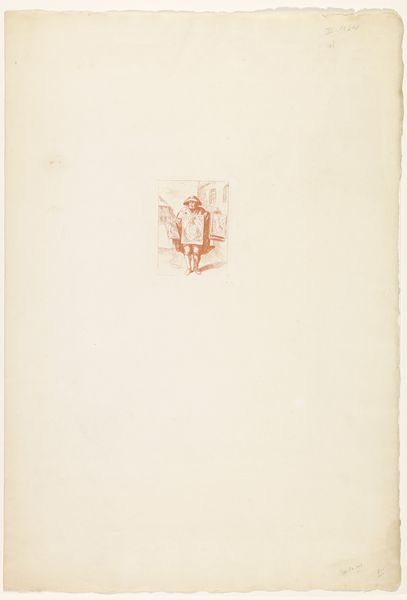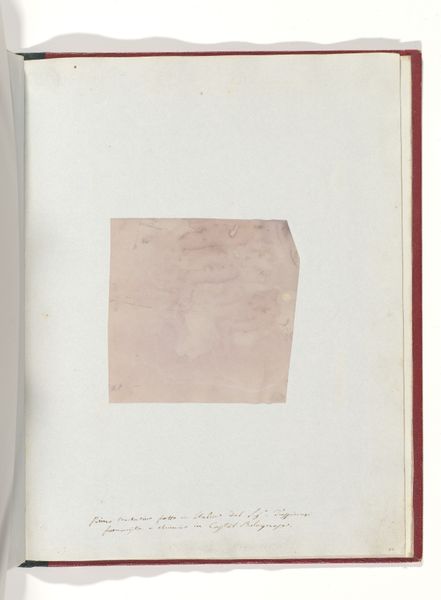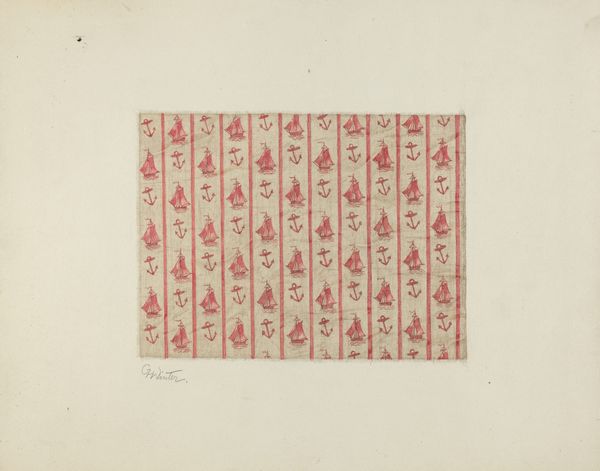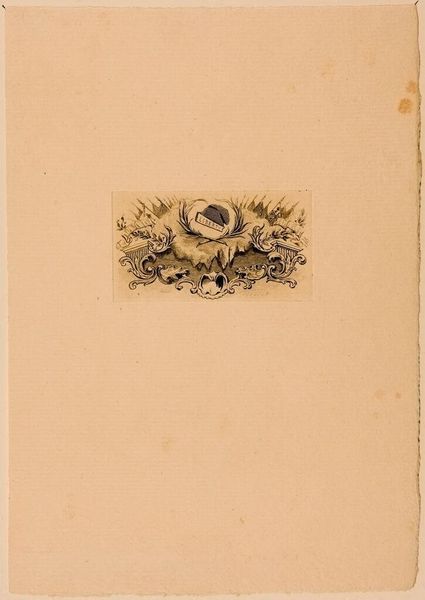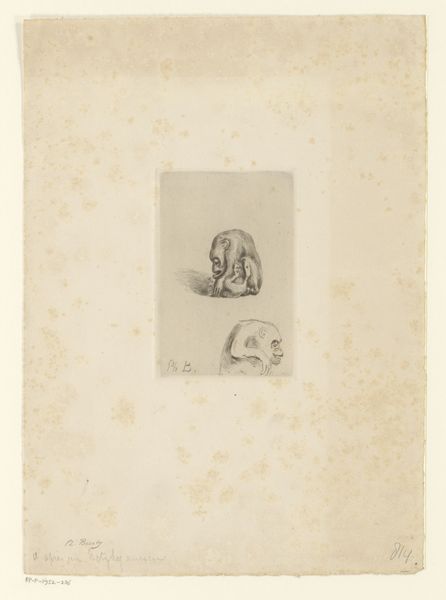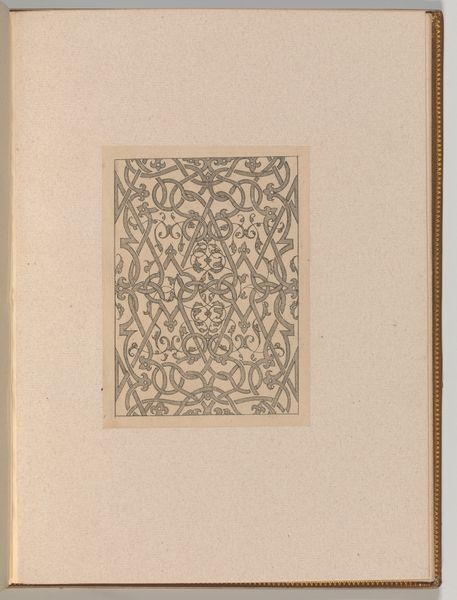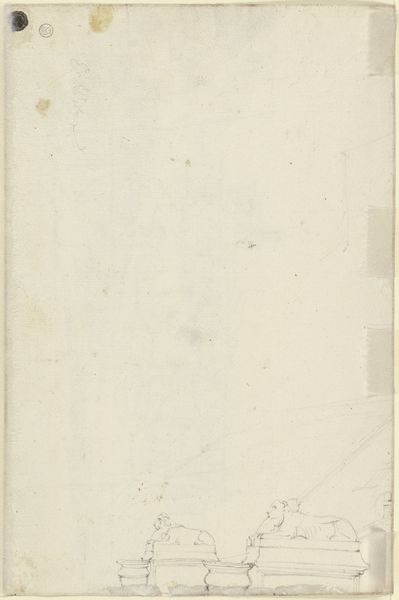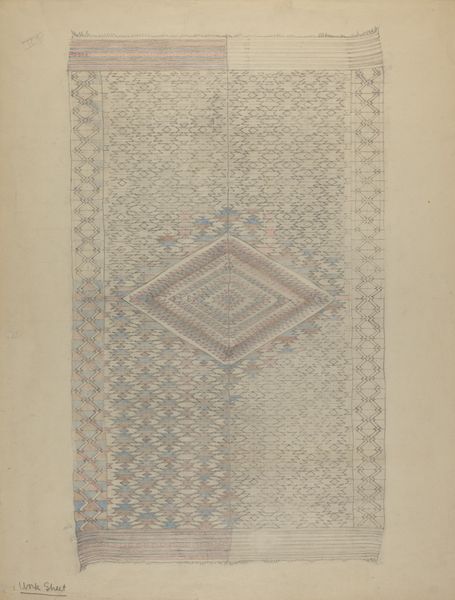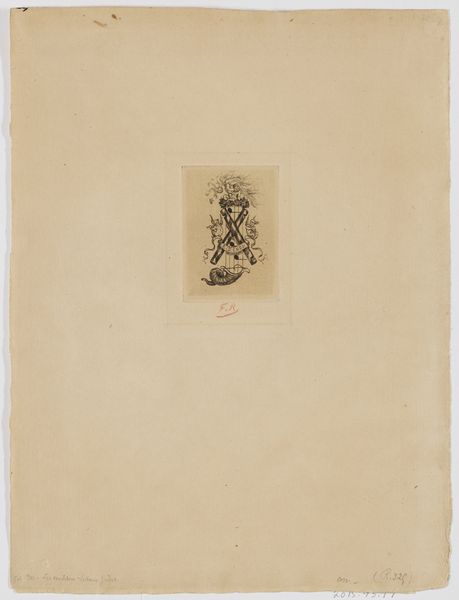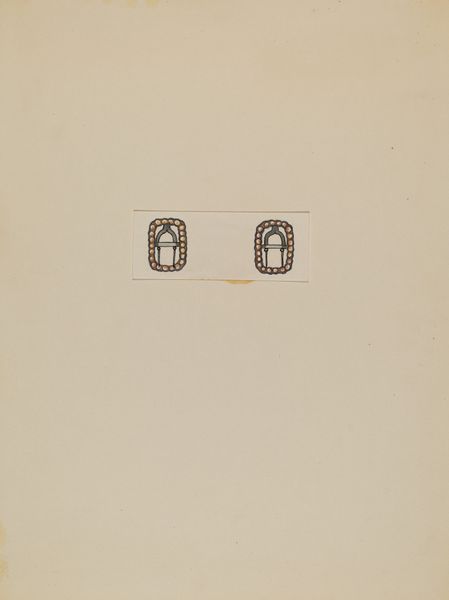
drawing, paper, watercolor
#
drawing
#
water colours
#
paper
#
watercolor
Dimensions: overall: 29.8 x 22.9 cm (11 3/4 x 9 in.) Original IAD Object: 108" wide; 120" long
Copyright: National Gallery of Art: CC0 1.0
Curator: Edmond W. Brown’s “Patchwork Quilt,” made around 1936, offers us an intimate glimpse into vernacular design. Brown uses watercolor and ink on paper to render this study. What’s your first reaction to it? Editor: The pale washes and the precision of the repeating patterns give it a sort of delicate, antique feel. It evokes the kind of care and detail one might associate with actual quilt making. Curator: Absolutely. Notice the intricate details within each individual square. The patterns themselves reference the formal language often seen in quilt making but are executed with a rather stylized uniformity. We can appreciate the composition as a study in shapes, lines, and repeated visual motifs. Editor: Thinking materially, what kind of textile traditions would influence such a meticulous study in watercolor and ink? Were these kinds of quilts expressions of domesticity, community, or economic necessity? It certainly raises the question of the social role of craft and labor. Curator: I am intrigued by that notion. There is no indication whether this piece actually reflects any realized quilt. However, it invites us to investigate the way these formal elements come together in this aesthetic pursuit and what those individual compositions signify within their individual frames. Editor: Well, if we think about how these quilts, made from scraps, represent ingenuity and thrift, transforming cast-offs into something beautiful and functional—that really connects it to the lives and conditions of the people making them. It is exciting to think how they transform everyday experiences into enduring visual forms. Curator: This study, however, abstracts this material reality into pure artistic design—lifting quilt patterns from the practicalities of construction into an act of visual refinement on paper. Brown’s rendition enables us to perceive these cultural materials with heightened understanding. Editor: So, Brown gives us a lens through which we view this essential form with more focus, perhaps even asking questions about material and function through close looking. It transforms mundane fragments into carefully studied designs. Curator: Precisely. "Patchwork Quilt" shows us that meaning in art comes both from intrinsic composition and how that relates to life itself.
Comments
No comments
Be the first to comment and join the conversation on the ultimate creative platform.
